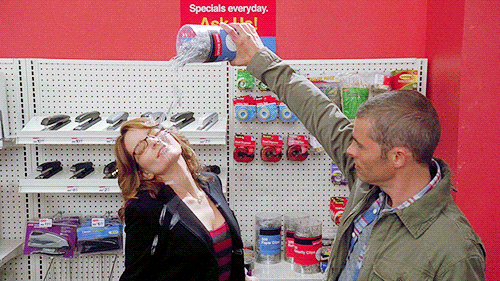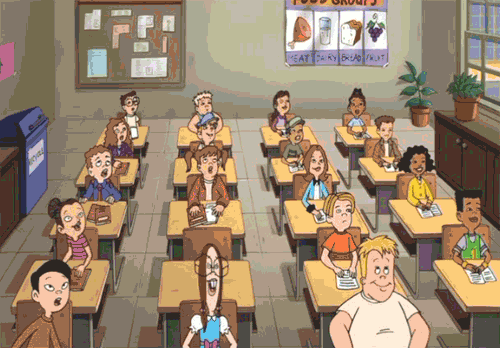AdoptAClassroom.org is celebrating 20 years of helping teachers access classroom supplies, who often spend their own money providing for their students. Unfortunately, teachers’ out-of-pocket spending hasn’t changed much since our founding in 1998.
We’ve been thinking about how amazing it would be if our dream came true and all classrooms just had what they needed, without teachers having to spend their own money
Here are six ways life would be so much better for teachers and students:
1. New teachers would walk into a well-stocked classroom

When teachers enter a new classroom for the first time, many walk into a learning environment with few supplies. Therefore, it’s the new teachers, managing low salaries with student loan debt, who become responsible for stocking their classrooms, using their own money.
“Coming into the classroom, I had no idea that it really was empty and you have to supply pretty much everything on your own,” said 2nd grade elementary teacher Chloe Cole.
2. Teachers would have more money to spend on themselves

The average U.S. teacher spends $600 of their own money on classroom supplies each year, with 20 percent spending more than $1,000. According to a Gallup poll, the average U.S. family spends $151 per week on groceries. If teachers didn’t have to spend their own money on supplies, they could provide their families with an extra month’s worth or more of groceries each year.
“If I was unable to supply my students with the materials they need to function in the classroom, there wouldn’t be a band class. These kids are worth it for me to spend $300 to $700 of my own money and donations each year,” said band teacher Tim Martin.
3. Students would be more engaged

When students fall behind, it’s much harder to get them interested in school again. Sixty-three percent of top-performing teachers cited poverty as one of the barriers to learning that most affects their students.
“More resources mean more opportunity for my students. They are limited in a lot of ways. They have socioeconomic limits, they have location limits, they have limits on what they are able to do in their personal lives. But when they come into my classroom I want them to be able to feel limitless,” said art teacher Becca Hanson.
4. Classrooms would have an abundance of resources

When teachers walk into an empty classroom, the money they spend stocking the room is not always enough to provide all of the materials needed for each student. According to a survey by OECD, the average U.S. classroom size contains 23 students. For teachers with low budgets and few supplies, that means they have to buy in bulk year after year. It’s just too much for some teachers to keep up on.
“I have three or four kids who say, ‘I don’t have a pencil today,’ or ‘I don’t have a notebook, what do I do?’ There’s a genuine need and the family can’t afford it,” said history teacher Mark Westpfahl.
5. Teachers could focus on teaching their passion

Lesson plans would no longer have to be centered around the few supplies teachers do have. Instead, teachers could focus on bringing their passion to the classroom. In author Robert Fried’s book “The Passionate Teacher,” he makes the case that passion is a necessity when teaching.
“Only when teachers bring their passions about teaching and life into their daily work can they dispel the fog of passive compliance or active disinterest that surrounds so many students,” Fried wrote.
6. Every student would have the supplies they need to be successful

When students have better access to reading and writing supplies, they are much more likely to be successful across all subjects. The Annie E. Casey Foundation found that proficient readers are almost six times less likely to dropout of high school than those reading below a basic level.
“One of the things I really wish to do for my students is to help them see there is a life outside of the six-block area of which they live. A lot of children don’t know what they’re going to do with their lives, and if I can create a hopeful space in my classroom then that’s what I need to do,” said engineering teacher David Barrett.
Want to help ease the classroom spending burden placed on teachers at low-income schools? Make a donation where it’s needed most.
